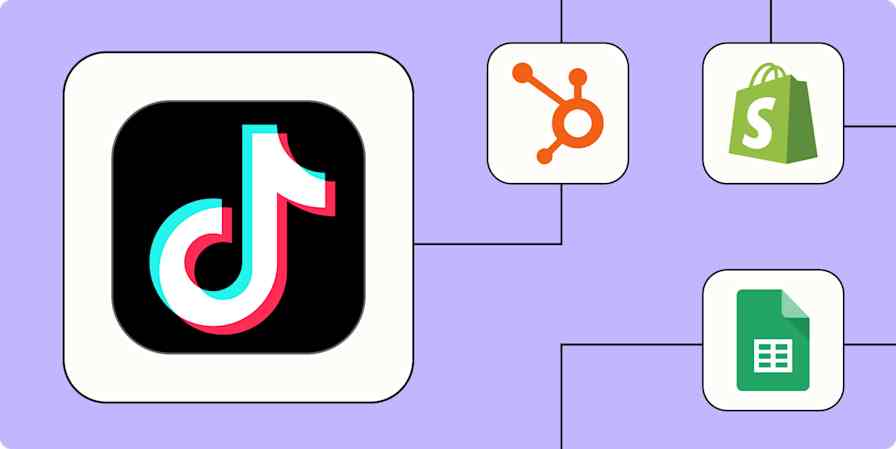Zapier tutorials
4 min readHow to set up email alerts for Facebook Lead Ads
By Ellie Huizenga · November 25, 2024

Get productivity tips delivered straight to your inbox
We’ll email you 1-3 times per week—and never share your information.
Related articles
Improve your productivity automatically. Use Zapier to get your apps working together.








